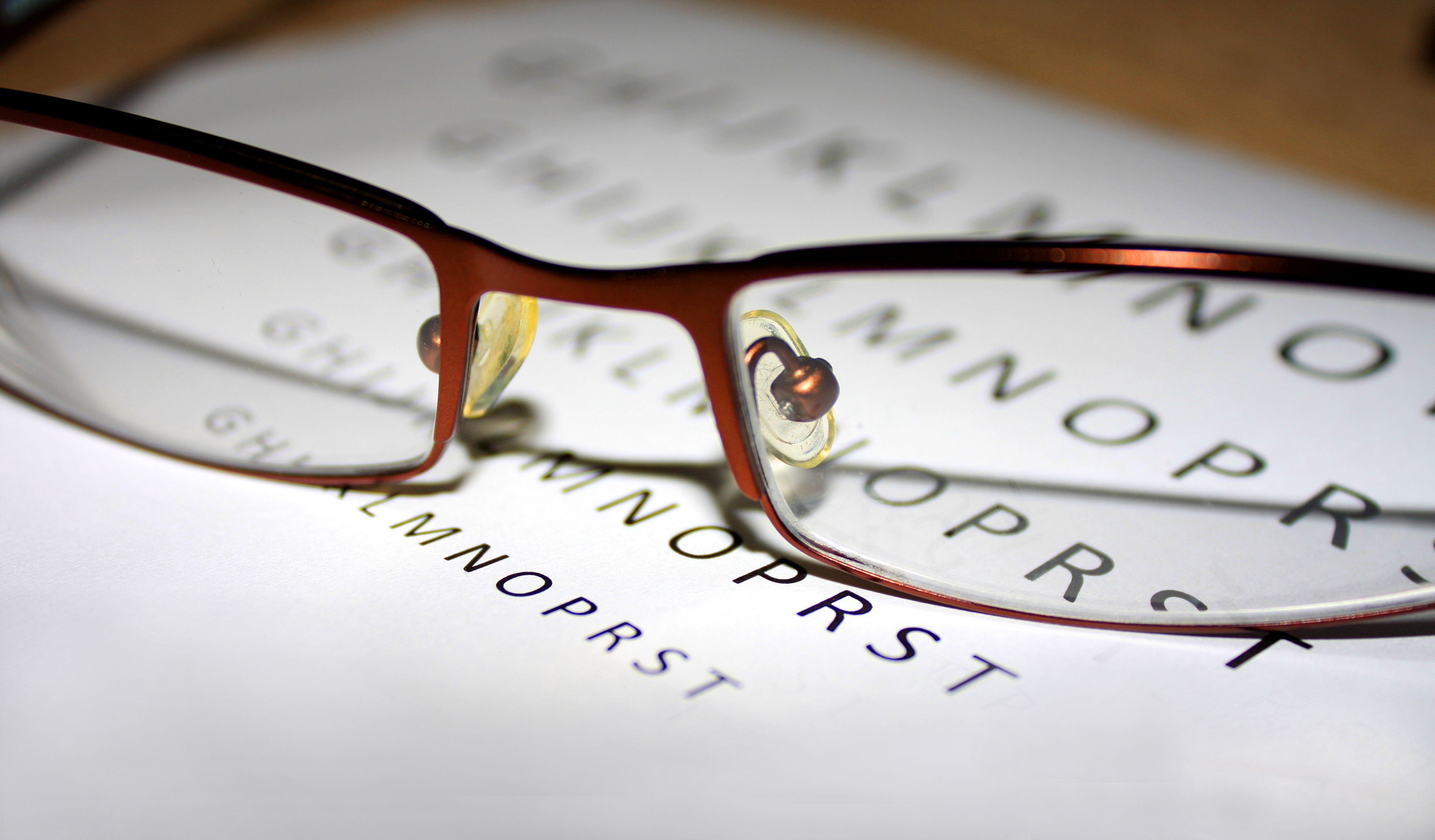Article
Family Medicine Doctors, AI Could Be Effective in DR Screening
Author(s):
Posters presented at AAO 2022 found that family medicine doctors and artificial intelligence (AI) were able to screen patients for diabetic retinopathy (DR) effectively, although false negatives in AI need to be improved.
In 2 posters presented at AAO 2022, research found that alternatives to ophthalmologist screening for diabetic retinopathy (DR) were effective. Family medicine doctors and artificial intelligence (AI) both accurately identified DR in images of patients’ eyes for both diagnostic reasons and for inclusion in clinical trials, respectively.
The first poster1 focused on the ability of family medicine doctors to diagnose DR in a telemedicine program. Telemedicine programs had previously been used for screening DR effectively to identify patients in need of eye care. Family medicine doctors have been assessing the images in telemedicine programs, and ophthalmologists are only required if a diagnosis isn’t reached. The researchers aimed to evaluate the effectiveness of family medicine doctors in diagnosing DR in patients they’ve seen.
There were 2260 patients with type 2 diabetes included in this study. All of them were imaged within 1 year with a non-mydriatic fundus camera. There were 5 masked family medicine doctors and a retina specialist who looked at the images and the agreement between the family medicine doctors and the retina specialist were compared.
Patients with no apparent retinopathy and no concomitant risk factors would have retinography repeated for within 2 years. If they had no apparent retinopathy with risk factors or mild retinopathy without risk factors, they would have retinography repeated within the year. Patients with mild retinopathy with risk factors would have their retinography repeated within 6 months. Moderate non-proliferative (NP) DR or proliferative DR or suspected diabetic macular edema or other retinal or optic nerve hypoplasia diseases were referred to the ophthalmology department.
There were 14 patients with mild NPDR and 27 patients (1.19%) who had moderate or severe NPDR in the primary care setting, all of which were confirmed in the ophthalmic setting. There were 180 patients who were referred for further assessment, 42 of which were correctly classified as “without DR,” 51 as “doubtful case,” 83 as “unreadable,” and 4 were classified as false positive where the ophthalmologist determined none had DR.
The researchers concluded that family medicine doctors were able to detect 100% of the patients with moderate or severe NPDR and were able to correctly classify 93.6% of retinographies that were obtained in the telemedicine program, resulting in an excellent performance from the family medicine doctors.
The second poster2 focused on using AI to determine patients who had DR for clinical trials. The FDA approves the use of AI to screen patients with a single image centered on macula in order to determine those who can be referable retinopathy. The screening for clinical trials involving patients with DR necessitates patients with level 47/53 on the Early Treatment Diabetic Retinopathy Study scale using the 7-field stereoscopic imaging protocol to narrow down the potential participants.
There was an estimated 50% screen failure rate in images submitted to the Wisconsin Reading Center. The study aimed to determine if AI could assist in screening for patients to include in clinical trials.
The AI used Field 2 to screen patients. Patients who were deemed ineligible by the AI were not reviewed further. Those who were deemed eligible by the AI went to the human grader, who would review the 7 fields of imaging to confirm eligibility or deny eligibility.
The AI was found to be 86.4% accuracy with a sensitivity of 0.77 and a specificity of 0.89. The AI had a false positive rate of 10.8% and a false negative rate of 22.6%, which were a concern in this screening model. The F1 score for the AI was 0.72 and precision was found to be 66.7%.
The researchers found that false negatives happened in the AI due to an imbalance of pathology between the central and peripheral fields with more pathology in peripheral fields. False positives occurred due to an imbalance of pathology between central and peripheral fields with more pathology in the central field.
The researchers concluded that the AI algorithm can identify patients with DR levels of less than 47 but more work would need to be done to reduce the number of false negatives. AI prescreening for patients eligible for DR clinical trials before a grader confirmation could reduce screen failure rate, create cost efficiency, and reduce the burden on participants and clinical site staff.
Automated assessment of eligible patients could also improve overall enrollment in DR clinical trials. Further research would be needed to determine this through an external source. The researchers suggest using a prospective clinical trial that would compare a traditional grader only approach to using a clinical trial that had patients prescreened by an AI.
These 2 posters demonstrate that DR can be screened through multiple avenues in the future, as family medicine doctors and AI can help to screen patients who have DR, which can help treatment of patients and enrollment in clinical trials on DR treatments.
References
1. Ferreras A, Pinilla I, Abecia E, Figus M, Fogagnolo P, Iester M. Ability of family medicine doctors to detect DR in a telemedicine program. Presented at: AAO 2022; September 30-October 3, 2022; Chicago, IL. Abstract PO110.
2. Domalpally A, Slater R, Barrett N, Channa R, Blodi B. AI-enabled prescreening for DR clinical trials. Presented at: AAO 2022; September 30-October 3, 2022; Chicago, IL. Abstract PO341.





